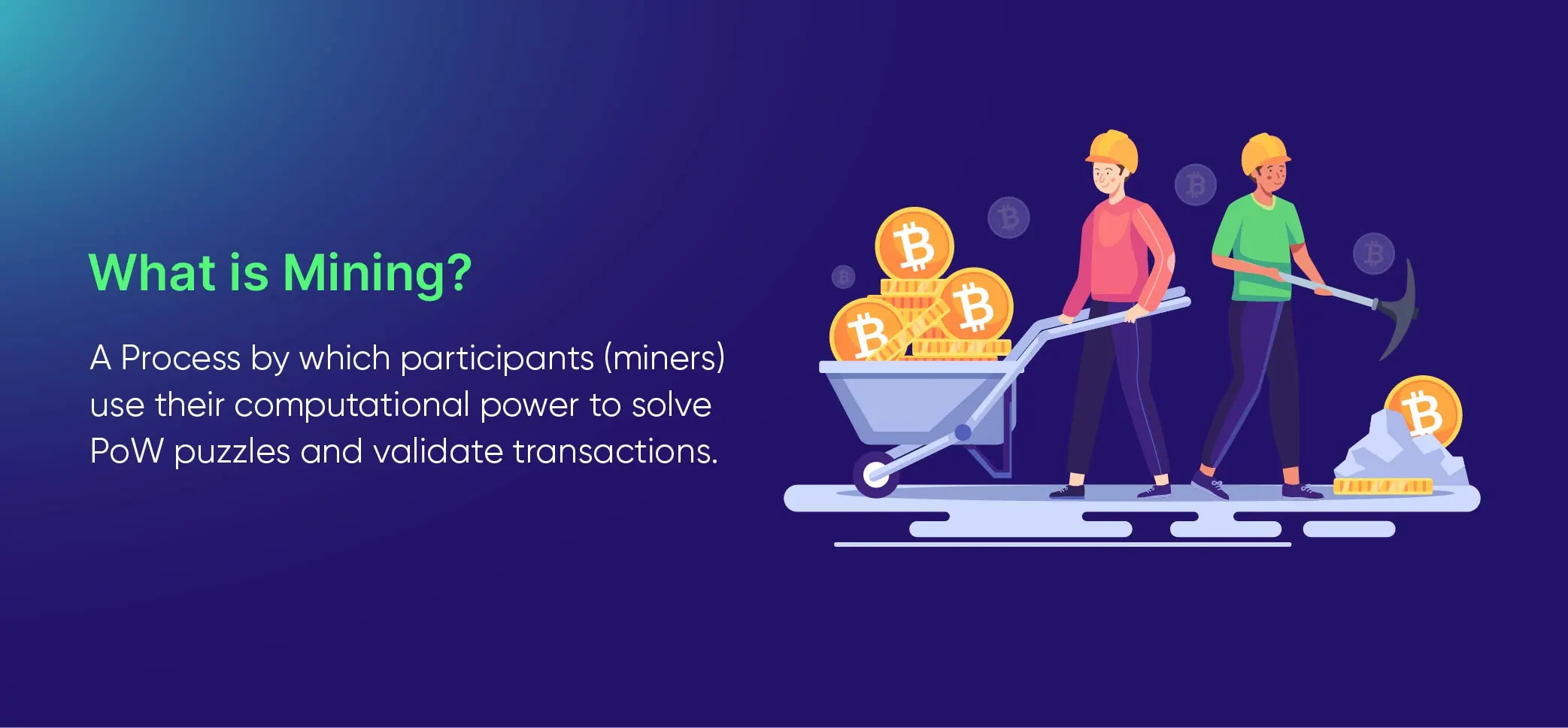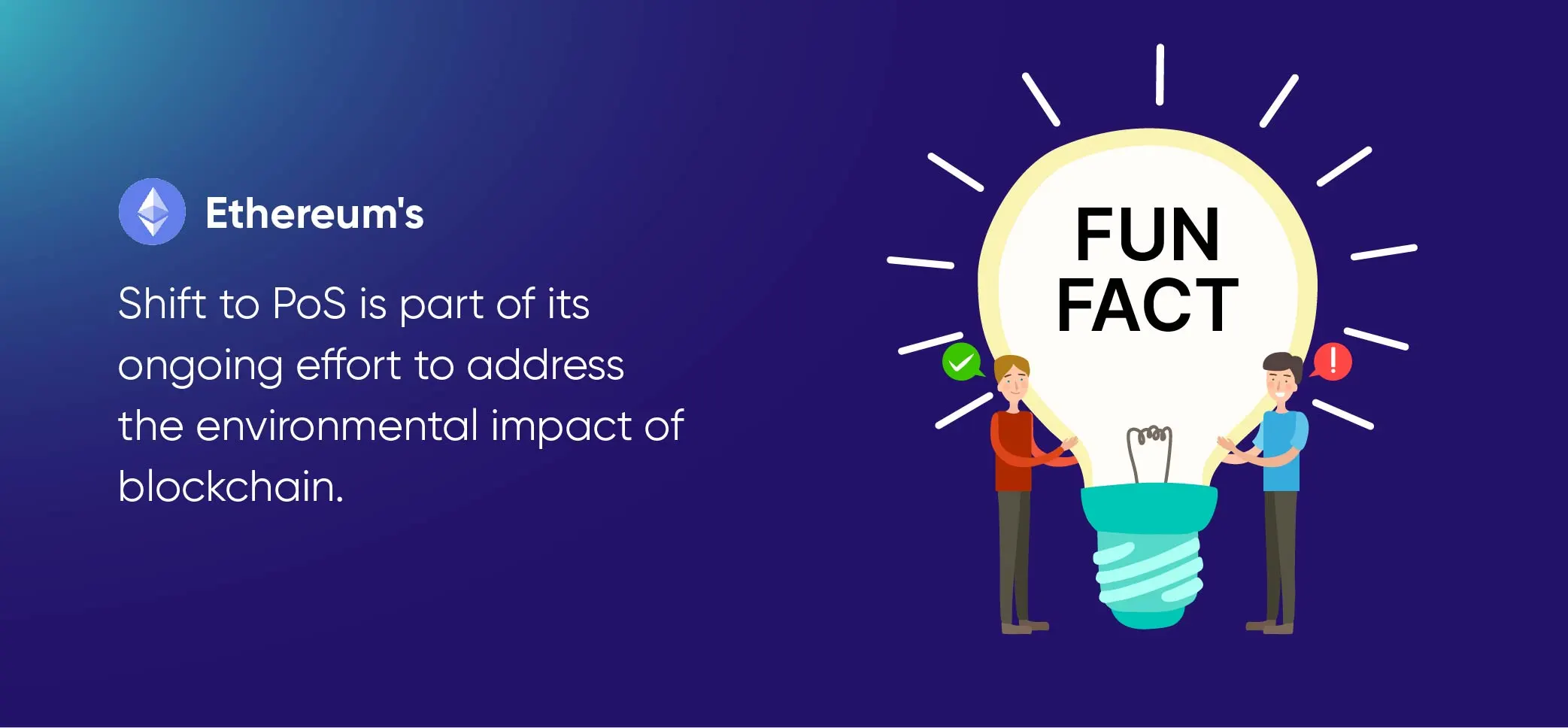
Introduction
Blockchain & Web3 Services Trusted By Leaders
- Develop innovative solutions using our state-of-the-art blockchain expertise.
- Achieve accelerated growth with robust & scalable Web3 consulting.
- Unlock 360-degree security with our top-rated blockchain development.
Blockchain Consensus Algorithm: A Comprehensive Guide
Trust and security is premium for any organization. And, blockchain technology has already emerged as a transformative force that promises to reshape industries with transparency and trust, from finance to supply chains. Moreso, this trustable technology lies in an idea that is called consensus algorithms. Consensus algorithms are the invisible architects that ensure the integrity of the blockchain, enabling decentralized networks to function seamlessly. While you all know experience hacking and threats in the digital world, so this is sure that there is always a need for secure and transparent systems that has never been more apparent. That’s why Blockchain is evolving, with its decentralized and tamper-resistant ledger, offering a solution. Learn more about why blockchain is important. Here is the question that arises: How do multiple parties in a network agree on the state of the ledger without a central authority? The answer lies in blockchain consensus algorithms. In this guide, we will provide you with a deeper understanding of the engine that powers the decentralized revolution. So, let’s start;What is a Blockchain Consensus Algorithm?
Consensus algorithms are the foundational rules that prove how transactions are validated and added to a blockchain. This mechanism ensures that a distributed network of nodes (computers) reaches agreement on the state of the blockchain, thus maintaining a single version of the truth. Furthermore, In a decentralized network, the consensus algorithm serves as the mechanism for agreeing on the validity of transactions. It prevents malicious actors from altering the blockchain’s history by requiring nodes to reach an agreement before a transaction is confirmed.
Types of Consensus Algorithms
There are two types of consensus mechanisms;Proof of Work (PoW)
- One of the oldest and most well-known consensus algorithms in the blockchain world.
- Introduced by computer scientist Cynthia Dwork and mathematician Moni Naor in 1993 as a means to combat email spam.
- Serves as a critical component in ensuring the security and trustworthiness of blockchain networks.
- This algorithm requires network participants, often referred to as miners, to perform complex mathematical calculations to validate transactions and create new blocks.
- Miners compete to solve these puzzles, and the first one to solve them gets the opportunity to add the next block to the blockchain.
- PoW’s security is derived from its computational complexity and the fact that it’s computationally expensive to modify historical transactions once they’re confirmed in a block.

Real-world examples of PoW
- Bitcoin (BTC): The most well-known cryptocurrency, Bitcoin, relies on PoW for transaction validation and block creation. It introduced the concept of decentralized digital currency.
- Ethereum (ETH): Ethereum initially used PoW but is in the process of transitioning to a Proof of Stake (PoS) system in its Ethereum 2.0 upgrade.
- Litecoin (LTC): Often referred to as the silver to Bitcoin’s gold, Litecoin also uses PoW to secure its network.
Proof of Stake (PoS)
- An alternative consensus algorithm to PoW aims to address some of the environmental concerns and scalability issues associated with PoW.
- In PoS, validators (often called “stakers”) are chosen to create new blocks and validate transactions based on the number of cryptocurrency tokens they hold and are willing to “stake” as collateral.
- PoS contrasts with PoW in that it relies on ownership and a financial interest in the blockchain rather than computational work.

Cryptocurrencies and Blockchains Using PoS
- Ethereum 2.0 (ETH): Ethereum, one of the most significant blockchain platforms, is transitioning from PoW to PoS in its Ethereum 2.0 upgrade to address scalability and energy consumption concerns.
- Cardano (ADA): Cardano utilizes a PoS system that emphasizes peer-reviewed research and academic rigor in its development.
- Tezos (XTZ): Tezos employs a PoS algorithm that allows token holders to vote on network upgrades and changes, fostering a more democratic governance system.
Real-World Applications of Consensus Algorithms
- Supply Chain Management: Blockchain consensus, often paired with cryptographic algorithms like SHA-256, ensures data integrity in supply chain records. These algorithms create secure hashes of transactions, making it extremely difficult to tamper with the data.
- Healthcare: In healthcare, blockchain, and cryptographic algorithms are used to secure electronic health records. SHA-256 is commonly employed to generate unique hash values for patient data, protecting it from unauthorized access.
- Smart Contracts in Legal Services: Legal smart contracts often use cryptographic algorithms like RSA to authenticate the parties involved. These algorithms ensure the privacy and security of legal agreements.
How Businesses and Industries Can Benefit from Blockchain’s Trust and Security?
- Banking and Finance: Cryptographic algorithms play a pivotal role in securing financial transactions within blockchain networks. The Elliptic Curve Digital Signature Algorithm (ECDSA) is often used for transaction verification.
- Real Estate: In real estate, SHA-256 and other cryptographic algorithms secure property records. The blockchain’s distributed nature, combined with these algorithms, protects against fraud.
- Digital Voting Systems: To safeguard the integrity of online elections, cryptographic algorithms like RSA and Zero-Knowledge Proofs are employed to ensure the confidentiality and authenticity of votes. Whether you are running a supply chain business or a hospital and in need of securing your data, contact BloxBytes and tell your use case. Our experts and blockchain consultants will listen to your business objectives and recommend something that will work right for your business’s sustainable growth.
Future of Blockchain Consensus Algorithms
The future of consensus algorithms holds promise for greater efficiency and scalability. Moreover, Cross-chain communication and interoperability are areas of active development. We can see every day a new example of consensus algorithms evolving with big names. While developers and researchers are actively exploring new consensus mechanisms to address current challenges, emerging consensus algorithms like Proof of Space and Proof of Authority aim to overcome limitations.